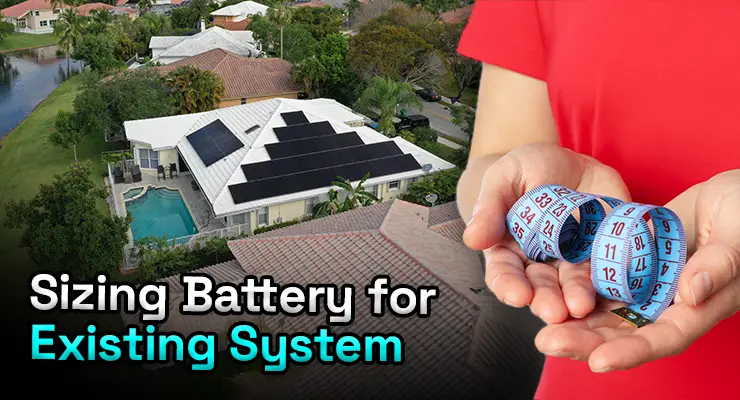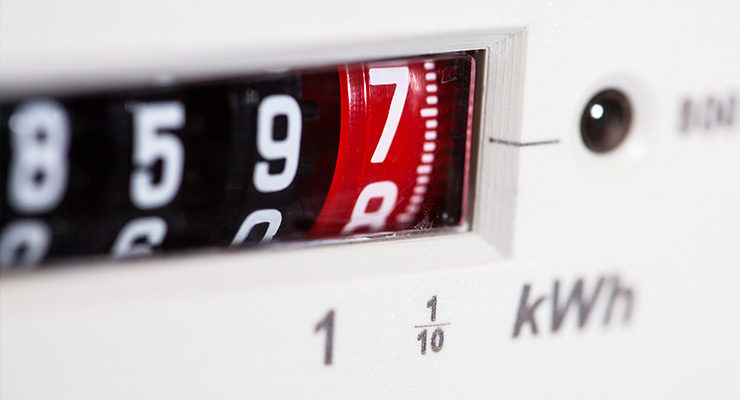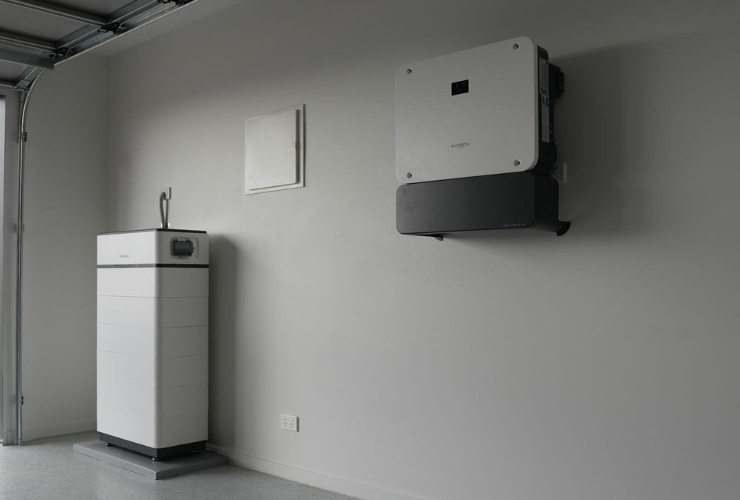Fast read
Matching a battery to your existing solar system isn't just about the size of your solar array; it's a careful balance between your solar generation, your home's energy consumption, and your personal goals. A common guideline is to size your battery's capacity to be 1.5 to 2 times your solar system's kilowatt rating, but the ideal fit truly depends on how much electricity you use and when you use it. The key is to store enough solar energy to power your home through the evening and night without paying for excess capacity you won't use.
How do I match my solar battery capacity to the size of my existing solar system?
Deciding to add a battery to your solar PV system is a significant step towards energy independence. It feels like the natural next move, allowing you to store the clean energy you generate during the day for use at night. However, choosing the right size battery is crucial. Go too small, and you’ll still be drawing significantly from the grid; go too big, and you could be overinvesting in capacity you can’t fill or use.
This guide will walk you through the essential steps to confidently match a battery to your solar system, ensuring you get the most value from your investment.
First, understand your energy consumption
Before looking at batteries, the most important step is to understand your own electricity usage. Your electricity bills are the best starting point. Look for your average daily consumption, which is measured in kilowatt-hours (kWh). Most bills will show a monthly or quarterly total, which you can divide by the number of days to get a daily average.
The average Australian household uses around 16-20 kWh of electricity per day, but this varies dramatically based on your location, the size of your home, and your habits. For instance, households in cooler climates like Tasmania may use significantly more energy for heating than those in Victoria.
Beyond the daily total, when you use that energy is critical. If you have a smart meter, you can often access interval data that shows your usage in 30-minute blocks. This reveals your “load profile”—how much power you typically draw in the morning, during the day, and, most importantly, in the evening and overnight when your solar panels aren’t generating. This overnight usage is the primary amount of energy your new battery will need to cover.
How does your solar system’s size influence your choice
The size of your solar system, rated in kilowatts (kW), determines how much energy it can generate and, therefore, how much spare energy is available to charge a battery. A common mistake is buying a battery that’s too large for your solar array to fill, especially during the less sunny winter months.
As a general starting point, some installers suggest a ratio of 1.5 to 2 kWh of battery capacity for every 1 kW of solar panel capacity. For example, a 5 kW solar system might be paired with a battery between 7.5 kWh and 10 kWh.
However, this is just a guideline. A 5kW solar system in sunny Queensland will generate more excess energy than the same system in Hobart. A professional installer can analyse your system’s output and your usage patterns to recommend a more precise match.
Key considerations for right-sizing your battery
Your ideal battery size is a balance of several factors:
- Your energy goals: Are you aiming to simply reduce your evening grid usage, or do you want maximum energy independence and backup power during a blackout? To cover your entire overnight usage and have a buffer, you’ll need a larger capacity.
- Usable capacity and Depth of Discharge (DoD): A battery’s total capacity isn’t the same as its usable capacity. The DoD specifies how much energy can be safely drawn before it needs to recharge. Modern lithium-ion batteries often have a high DoD of 90% or more, meaning a 10 kWh battery provides at least 9 kWh of usable energy.
- Modular Systems: Many modern batteries are modular. This means you can start with a smaller capacity, like 5 kWh, and add more battery modules later if your needs change. Brands like Sungrow and others offer this flexibility, which can be a cost-effective way to start without overcommitting.
- Future needs: Think about your future. Are you planning to buy an electric vehicle (EV), install a pool pump, or grow your family? These additions will increase your electricity consumption, so factoring in future growth is a smart move.
A real-world example
Imagine you have a 6.6 kW solar system and your household uses 20 kWh per day. You look at your smart meter data and find that you typically use about 12 kWh of that energy between 5 pm and 8 am, outside of solar generating hours.
In this scenario, a battery with around 10-13 kWh of usable capacity would be a strong contender. A popular choice like the Tesla Powerwall has a usable capacity of 13.5 kWh, which would likely cover your entire overnight usage and provide a small buffer for backup. A modular system like the Sungrow SBR could be configured with 9.6 kWh or 12.8 kWh, allowing for a tailored fit.
Questions to ask your installer
A professional, SAA-accredited installer is your most valuable resource in this process. They can perform the detailed analysis required for a perfect match. Be sure to ask them:
- Based on my interval data and solar generation, what battery size offers the best return on investment?
- Will my current inverter work with a new battery (is it a ‘hybrid’ inverter), or will I need a separate battery inverter (AC coupling)?
- What is the battery’s true usable capacity and warranty?
- Can the proposed system be expanded with more batteries in the future?
Matching a battery to your solar system is a personal decision based on data. By understanding your energy habits and working with a trusted expert, you can find the perfect size to unlock the full potential of your solar investment and enjoy greater control over your energy future.





